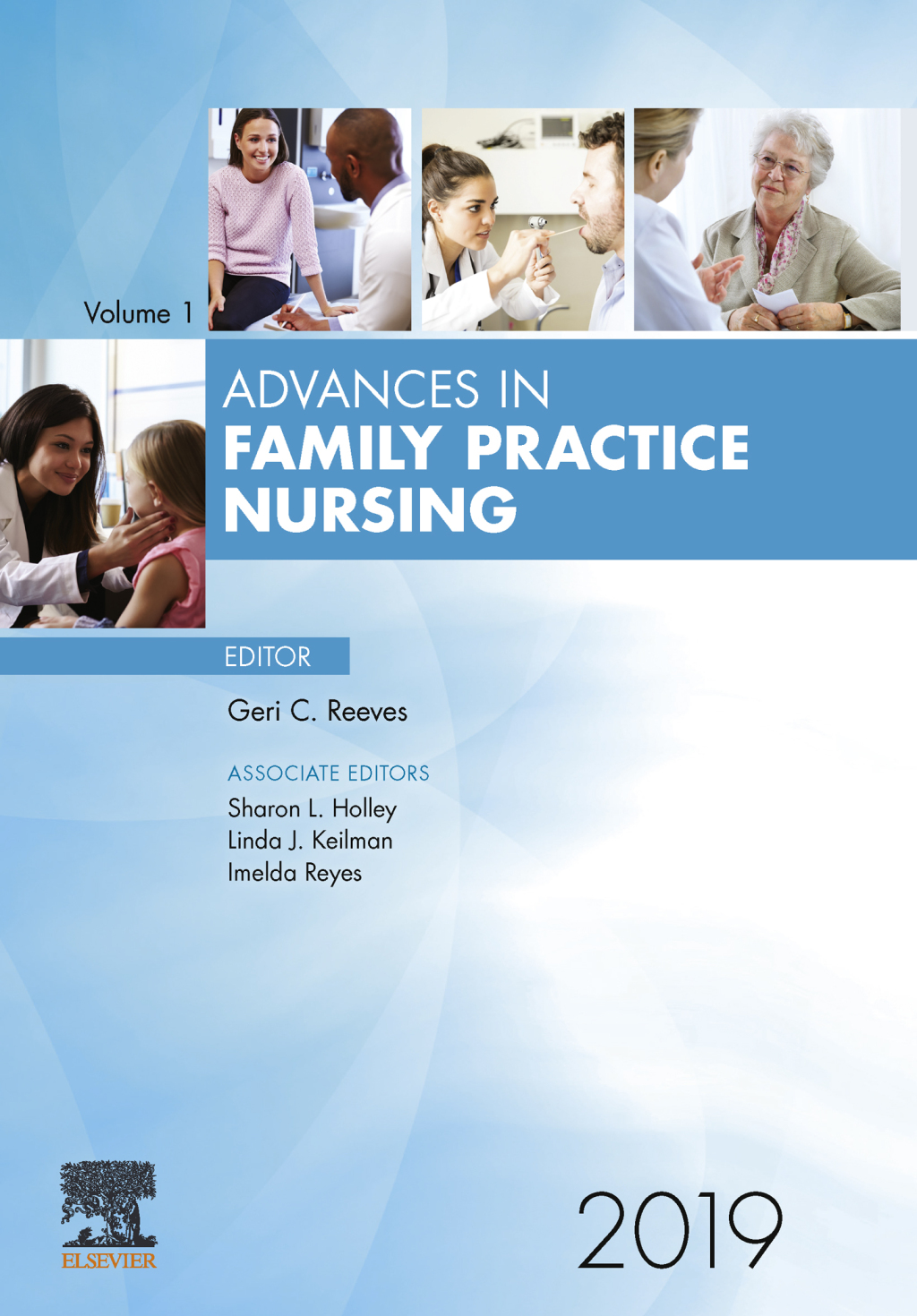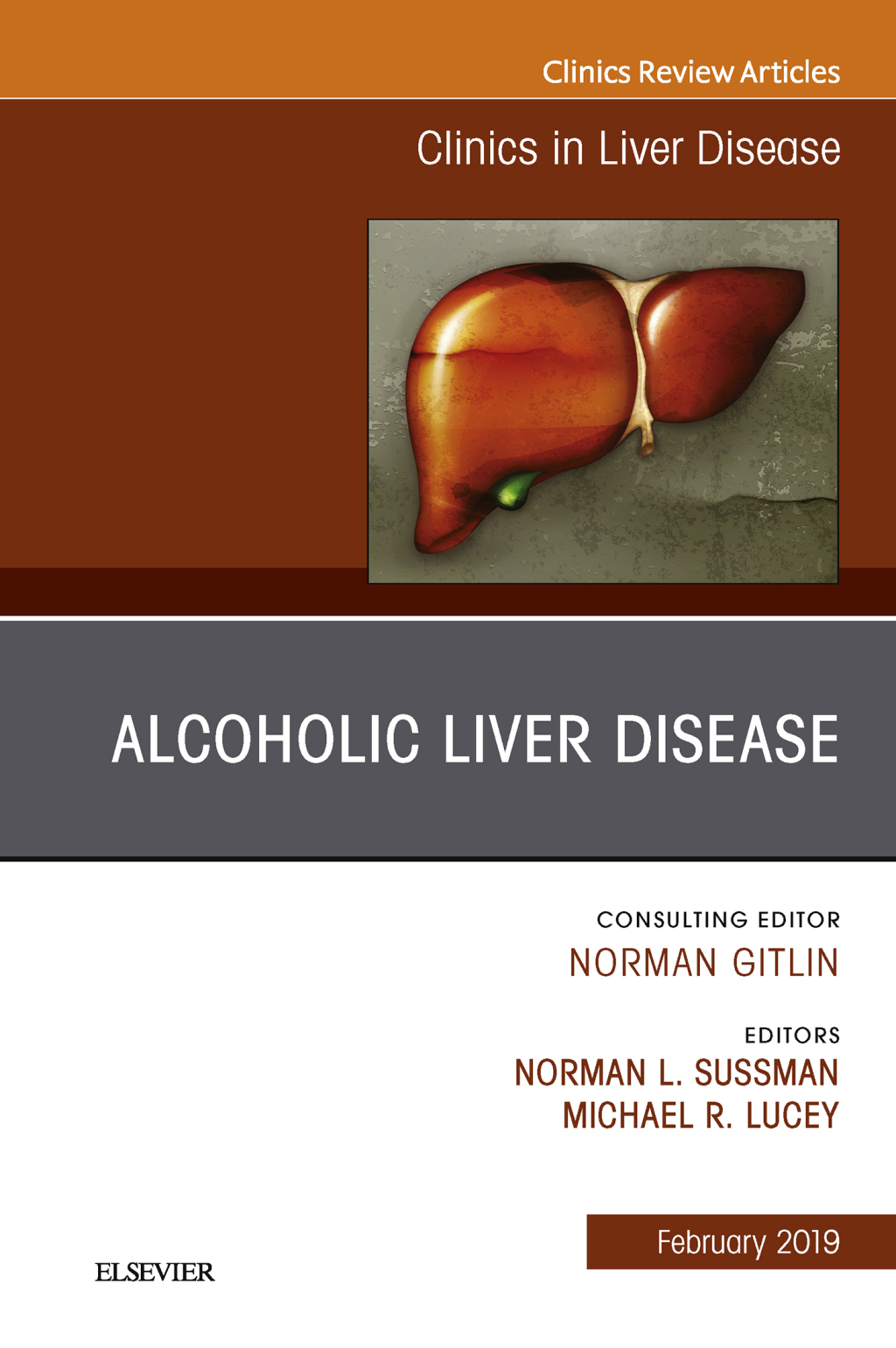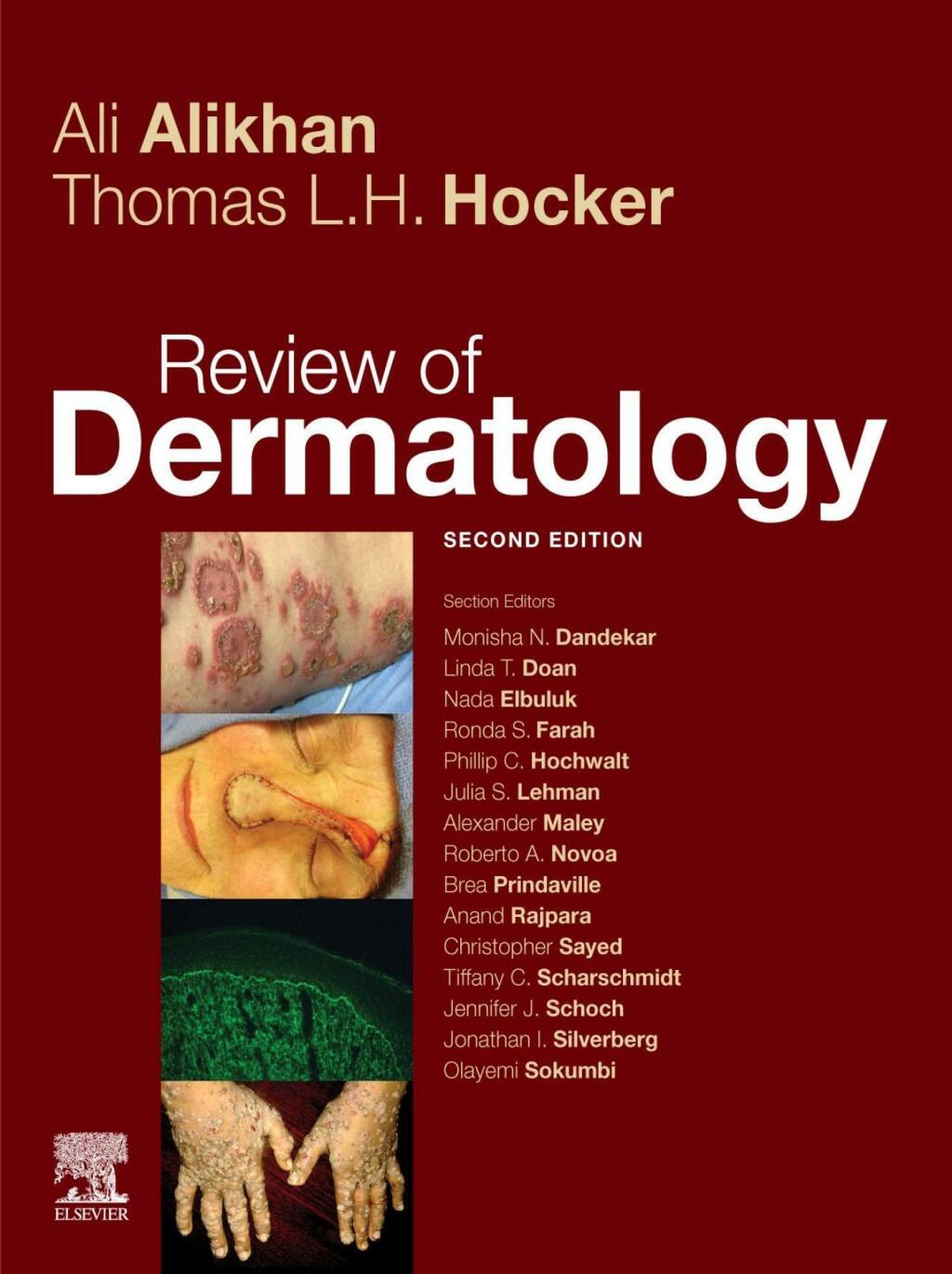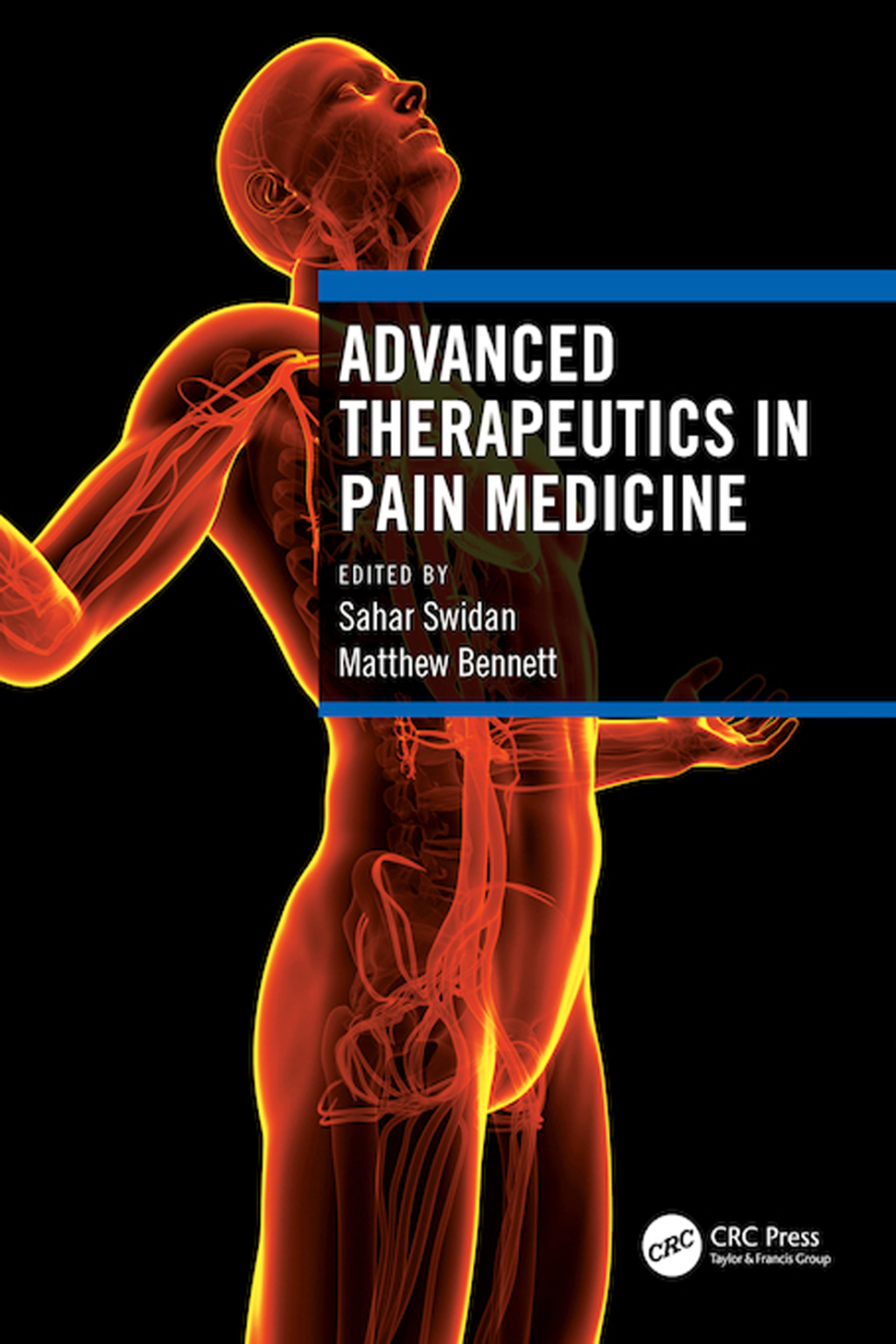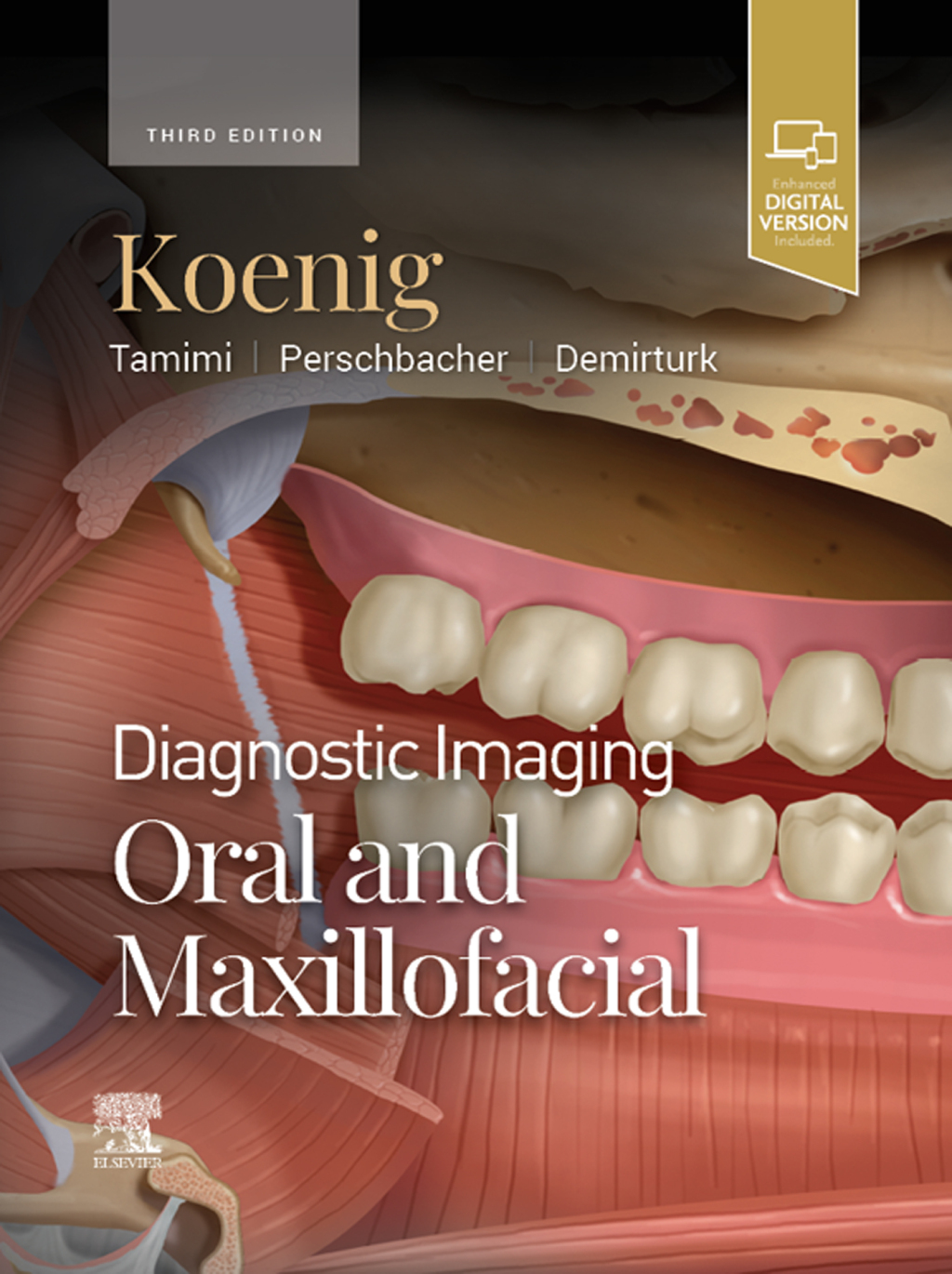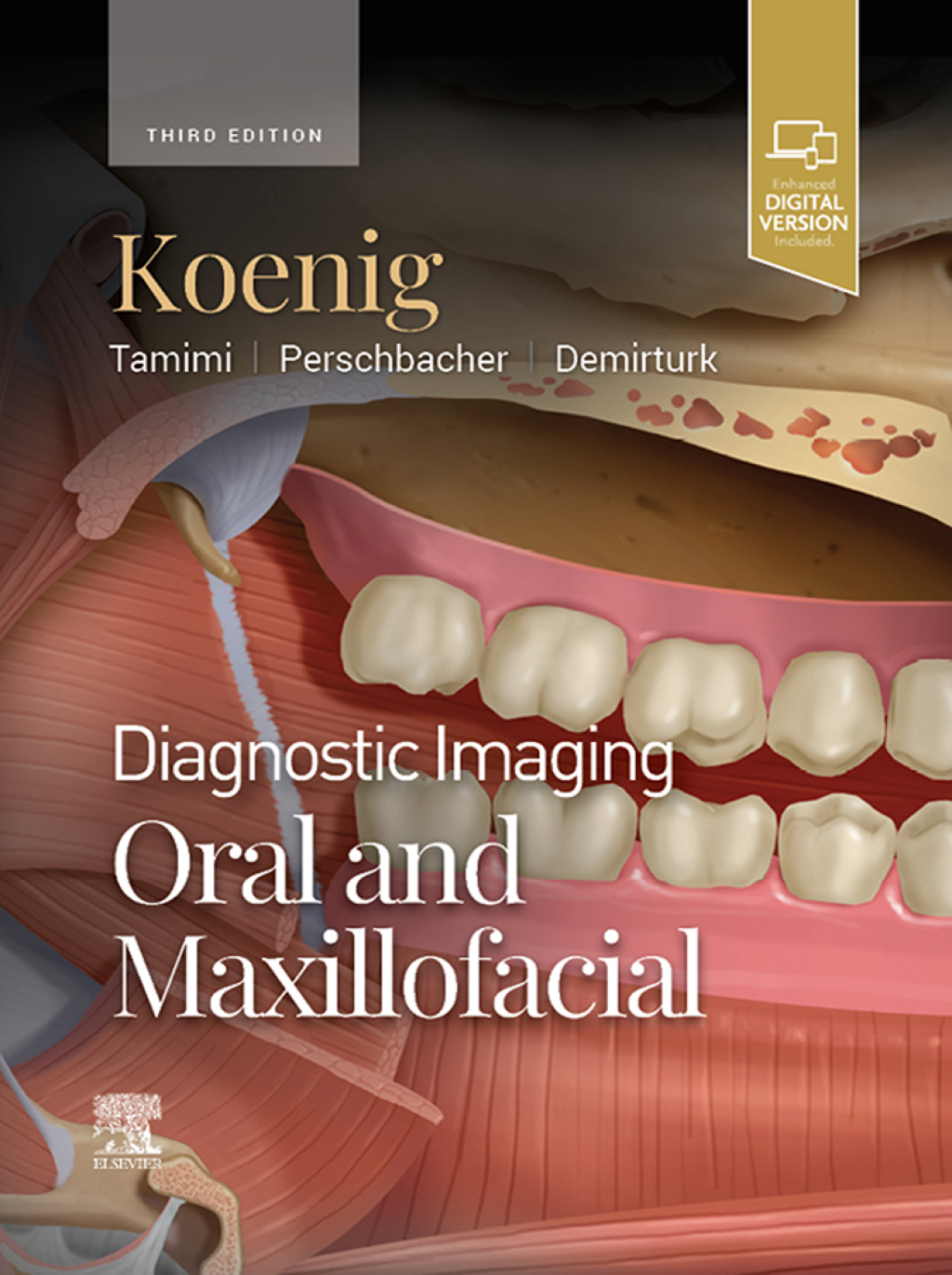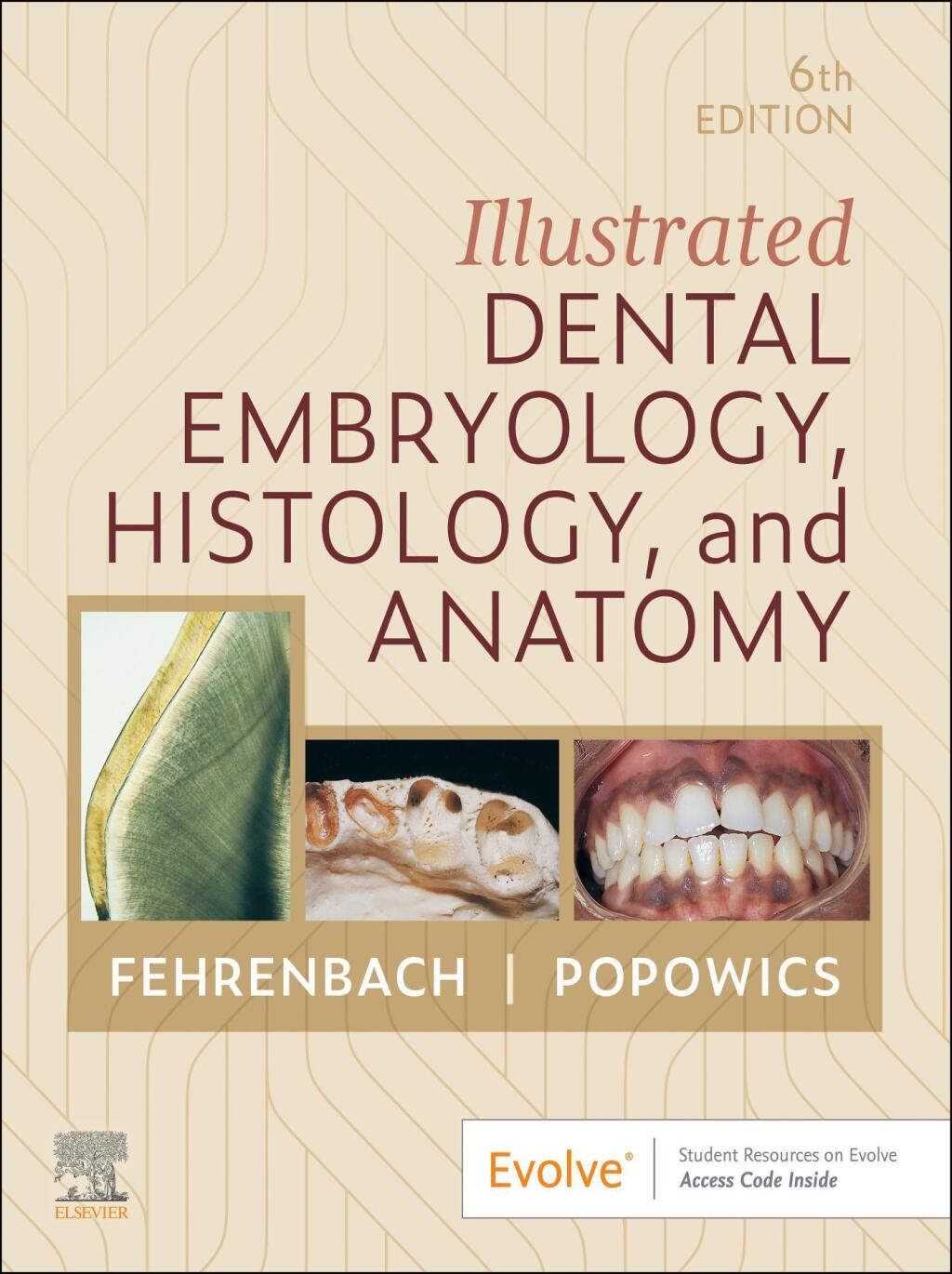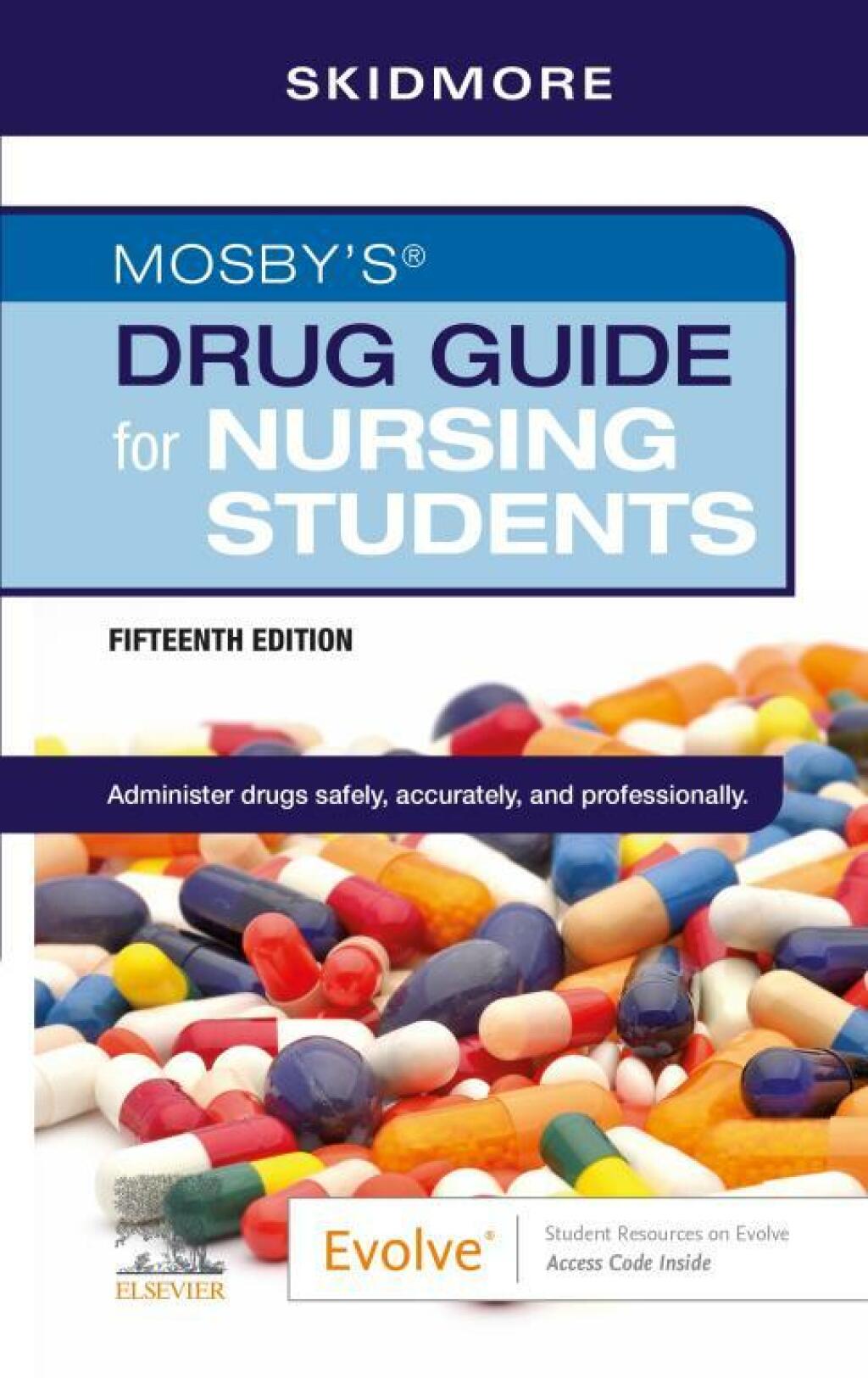Comprehensive in scope, easy to use, and aligned to the texts you trust, Review of Dermatology, edited by Drs. Ali Alikhan and Thomas L.H. Hocker, is a highly effective study tool for your upcoming board or maintenance exam. Using a concise, bullet-point format and mnemonic devices throughout, this unique guide ensures rapid and efficient recall of the information you need to know for exam success!
-
Includes new 2nd Edition features such as more thorough basic science outlines; discussions of many new and exciting dermatology therapies; updated diagnostic and treatment information for adult and pediatric dermatological diseases; more detail about cosmetic dermatology options; and new NCCN guidelines in skin cancer and 2021 CPT coding.
-
Covers all sub-specialty areas, including general dermatology, dermatopathology, pediatrics, pharmacology, basic science, and dermatologic surgery.
-
Maximizes retention and recall by using an outline approach, bullet points, and mnemonic devices that clearly identify key information.
-
Illustrates and simplifies complex concepts with more than 400 high-quality clinical images, tables, illustrations, and histopathology slides.
-
Keeps you up-to-date with the latest hot-topic developments including new biologic agents used in the treatment of various diseases such as psoriasis, eczema and melanoma.
-
Reviews topics you won’t find in any other dermatology study guide, such as genetic alterations and molecular laboratory studies in melanocytic lesions, soft tissue tumors, and other neoplasms.
-
Helps you recognize the often-elusive associations between skin diseases and disorders of other organ systems.

